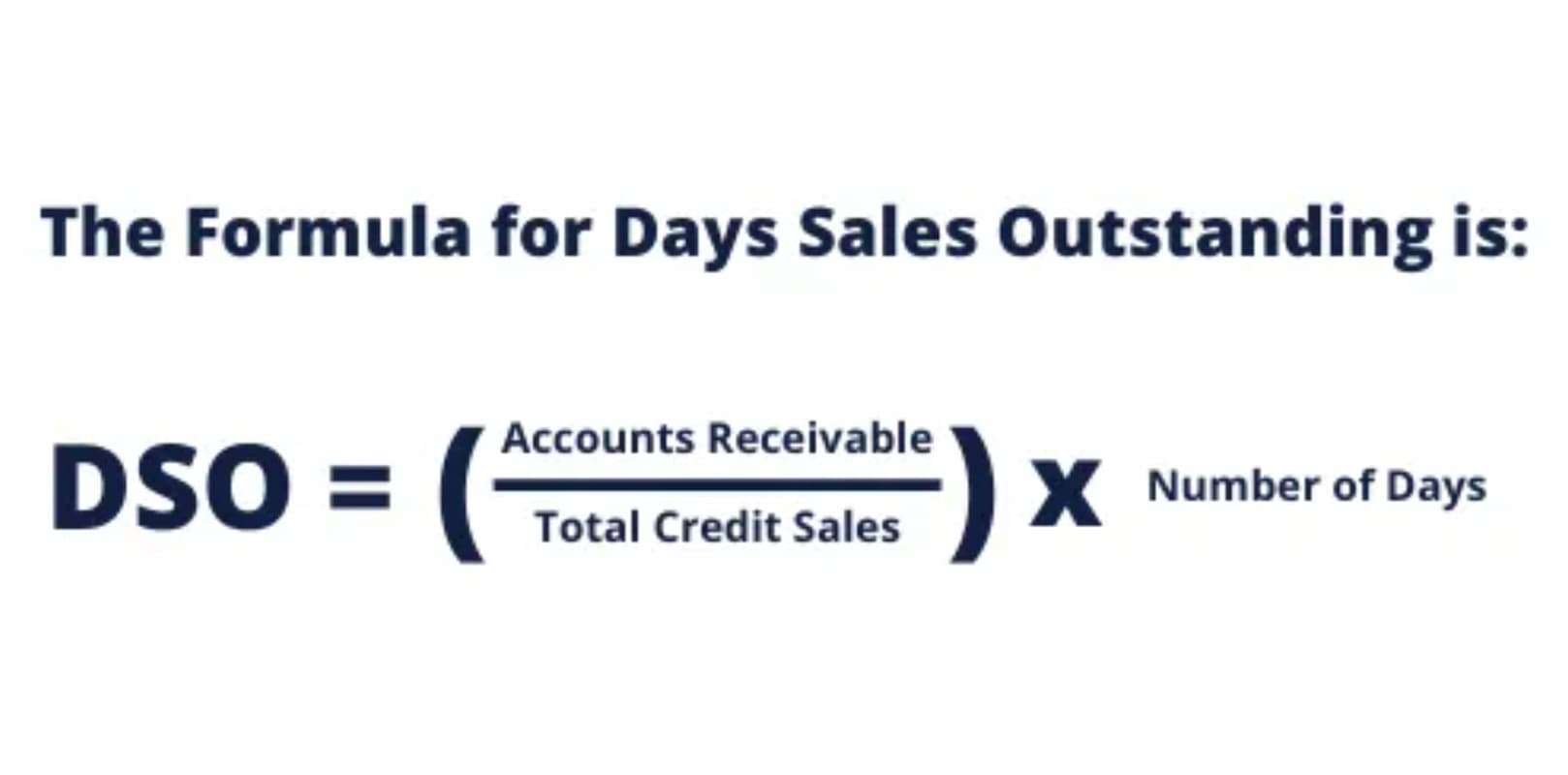
The business owner or financial manager has to make sure that they are comparing apples to apples. The formula to calculate the debt ratio is equal to total debt divided by total assets. This will help the analyst assess if the company’s financing risk profile is improving or deteriorating.
Free Financial Modeling Lessons
Two companies with similar debt ratios might have significantly different interest obligations, impacting their overall financial performance and risk. By examining a company’s debt ratio, analysts and investors can gauge its financial risk relative to peers or industry averages. Further, breaking it down, one can not assess the asset quality that is being considered for computing the debt-to-asset ratio. As it considers intangible assets, debt to asset ratio it is difficult to prove an intangible asset such as the goodwill of a company. In the world of corporate finance, liabilities like utility bills, payroll expenses, and accounts payable, and long-term liabilities like pensions payable are part of the business but do not account for debt. However, you should consider that for banks, there is a financial risk in increasing its lending to a company that already has a high debt-to-asset ratio.

Fails to Consider Operating Income
These liabilities can also impact a company’s financial health, but they aren’t considered within the traditional debt ratio framework. The debt-to-equity ratio, often used in conjunction with the debt ratio, compares a company’s total debt to its total equity. In the context of the debt ratio, total assets serve as an indicator of a company’s overall resources that could be utilized to repay its debt, if necessary. Furthermore, companies with higher debt-to-asset ratios encounter an issue of limited access to capital from the market, as investors typically seek lower ratios.
What is your risk tolerance?
- In general, though, a higher Debt to Asset Ratio indicates higher leverage, which, while offering the potential for greater returns, also carries a higher risk of financial distress or even bankruptcy.
- These liabilities can also impact a company’s financial health, but they aren’t considered within the traditional debt ratio framework.
- The calculation includes long-term and short-term debt (borrowings maturing within one year) of the company.
- Because of such widespread practices, each will result in a different debt-to-asset ratio; hence, a comparison of debt-to-asset ratio may not be accurate.
- It’s also important to understand the size, industry, and goals of each company to interpret their total debt-to-total assets.
- All of our content is based on objective analysis, and the opinions are our own.
The total debt-to-total assets ratio compares the total amount of liabilities of a company to all of its assets. The ratio is used to measure how leveraged the company is, as higher ratios indicate more debt is used as opposed to equity capital. To gain the best insight into the total debt-to-total assets ratio, it’s often best to compare the findings of https://www.bookstime.com/ a single company over time or the ratios of similar companies in the same industry. A company’s total debt-to-total assets ratio is specific to that company’s size, industry, sector, and capitalization strategy. For example, start-up tech companies are often more reliant on private investors and will have lower total debt-to-total-asset calculations.
Newer businesses or startups might rely heavily on debt financing to kick-start operations, leading to higher debt ratios. To determine whether the debt-to-asset ratio is good or bad, you also have to look at a company’s level of growth. “If a company has a high debt load, but it’s generating a lot a lot of liquidity, then it will be a lot less risky for the bank to loan it money because the company will have the ability to repay,” says Bessette. The Debt to Asset Ratio is a crucial metric for understanding the financial structure of a company. In essence, it indicates the proportion of a company’s assets that are financed by debt as opposed to equity. This is an important measurement because it shows how leveraged the company by looking at how much of company’s resources are owned by the shareholders in the form of equity and creditors in the form of debt.


Typical Debt-To-Equity (D/E) Ratios for the Real Estate Sector – Investopedia
Typical Debt-To-Equity (D/E) Ratios for the Real Estate Sector.
Posted: Sat, 16 Sep 2023 07:00:00 GMT [source]
